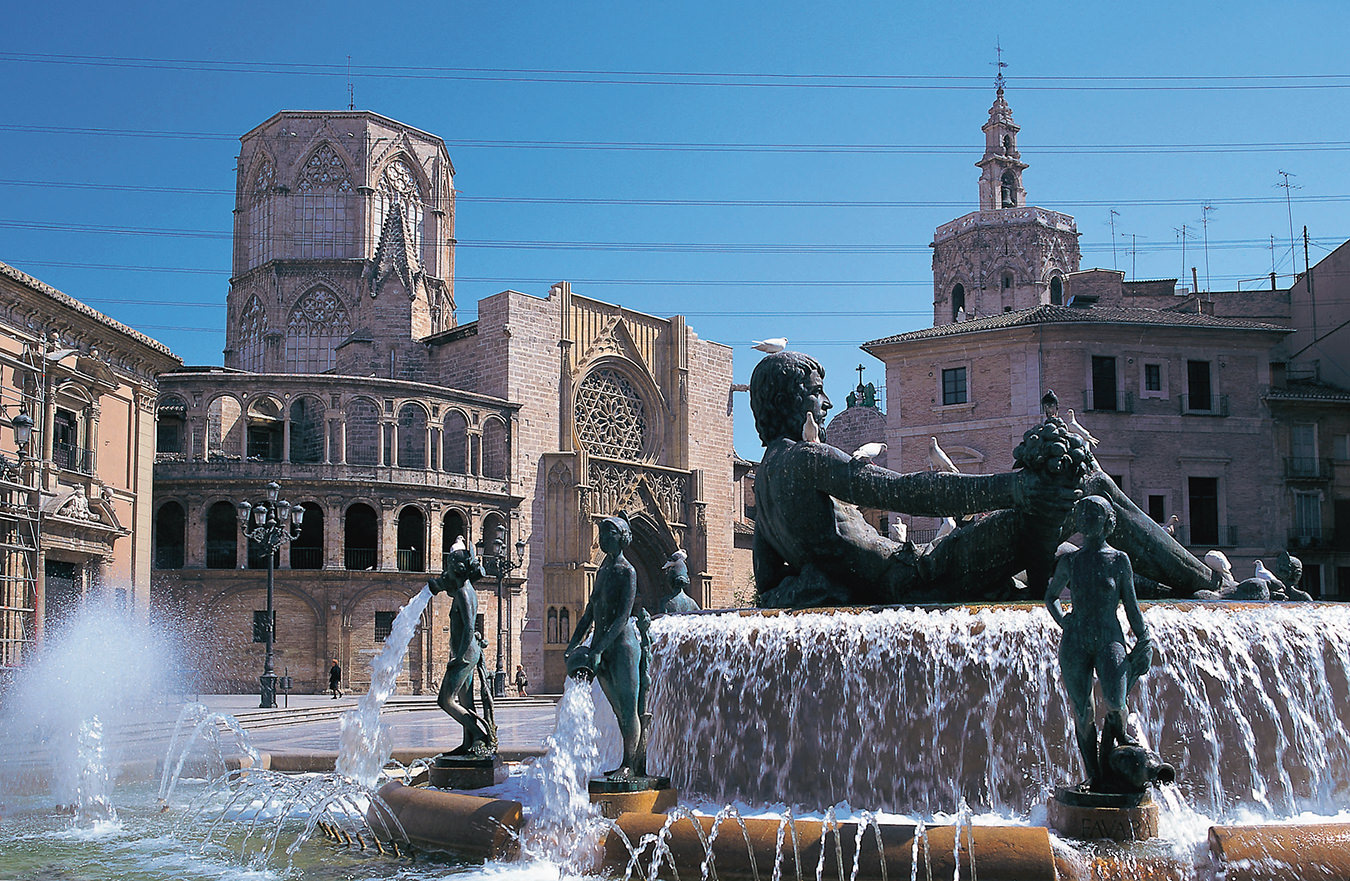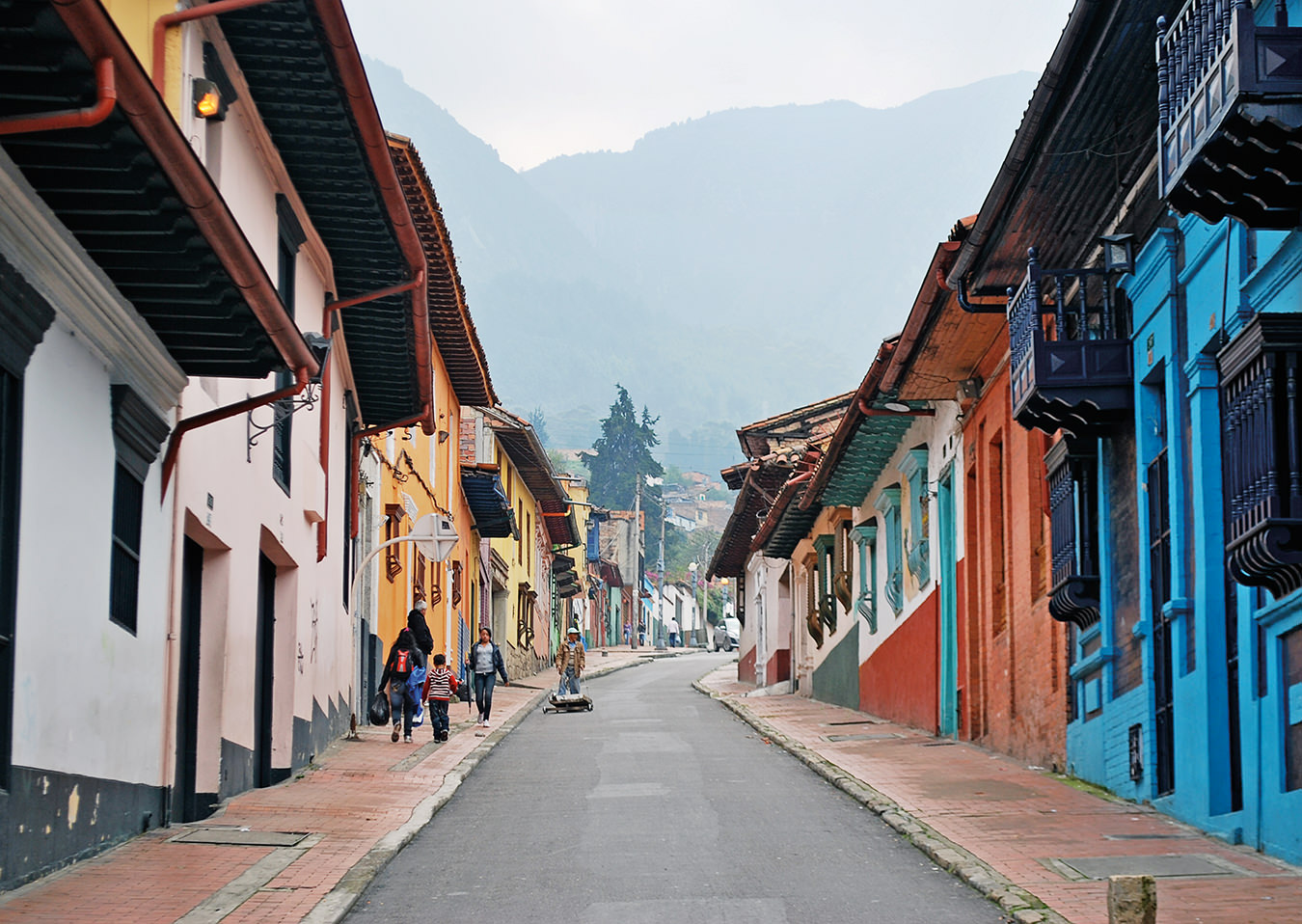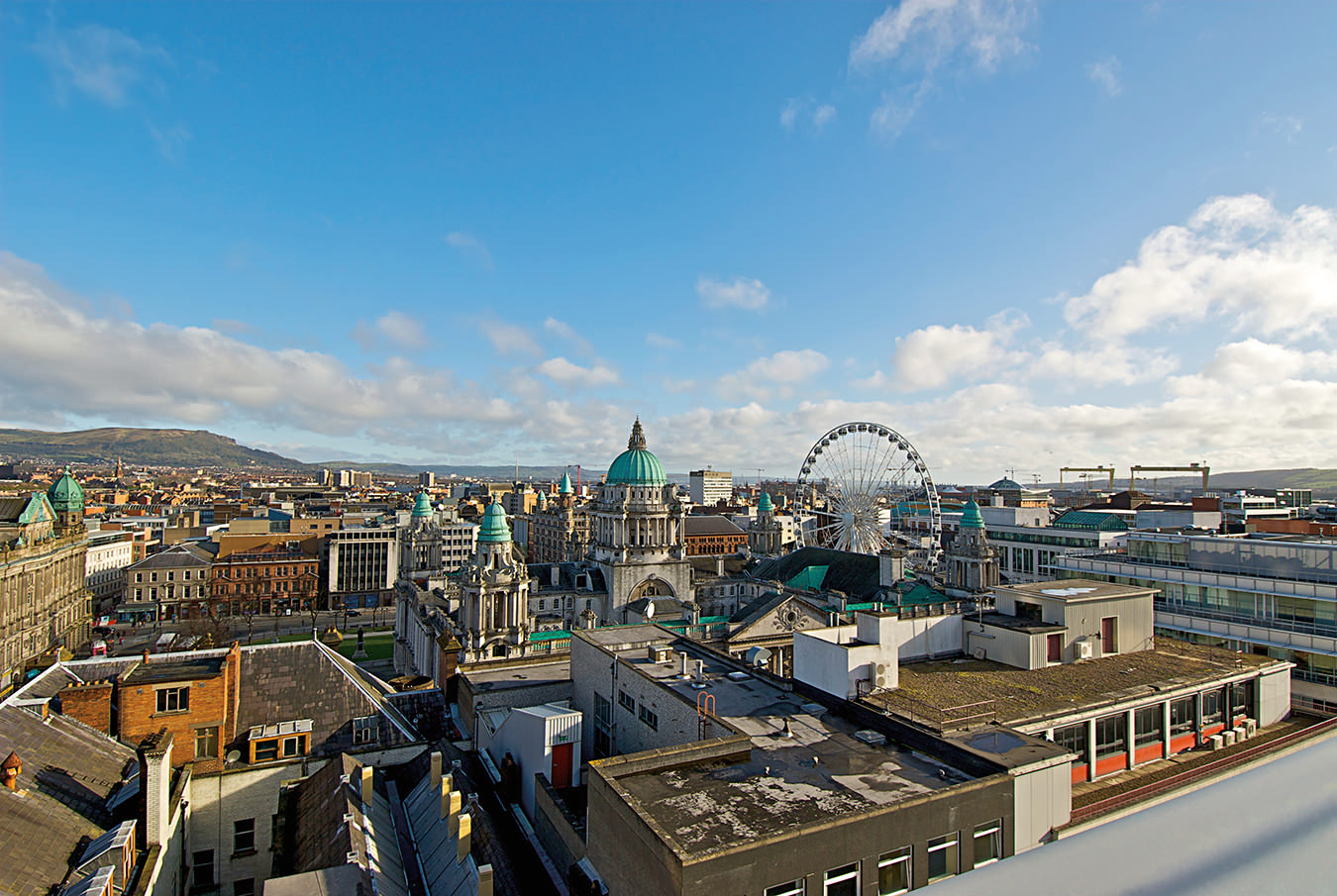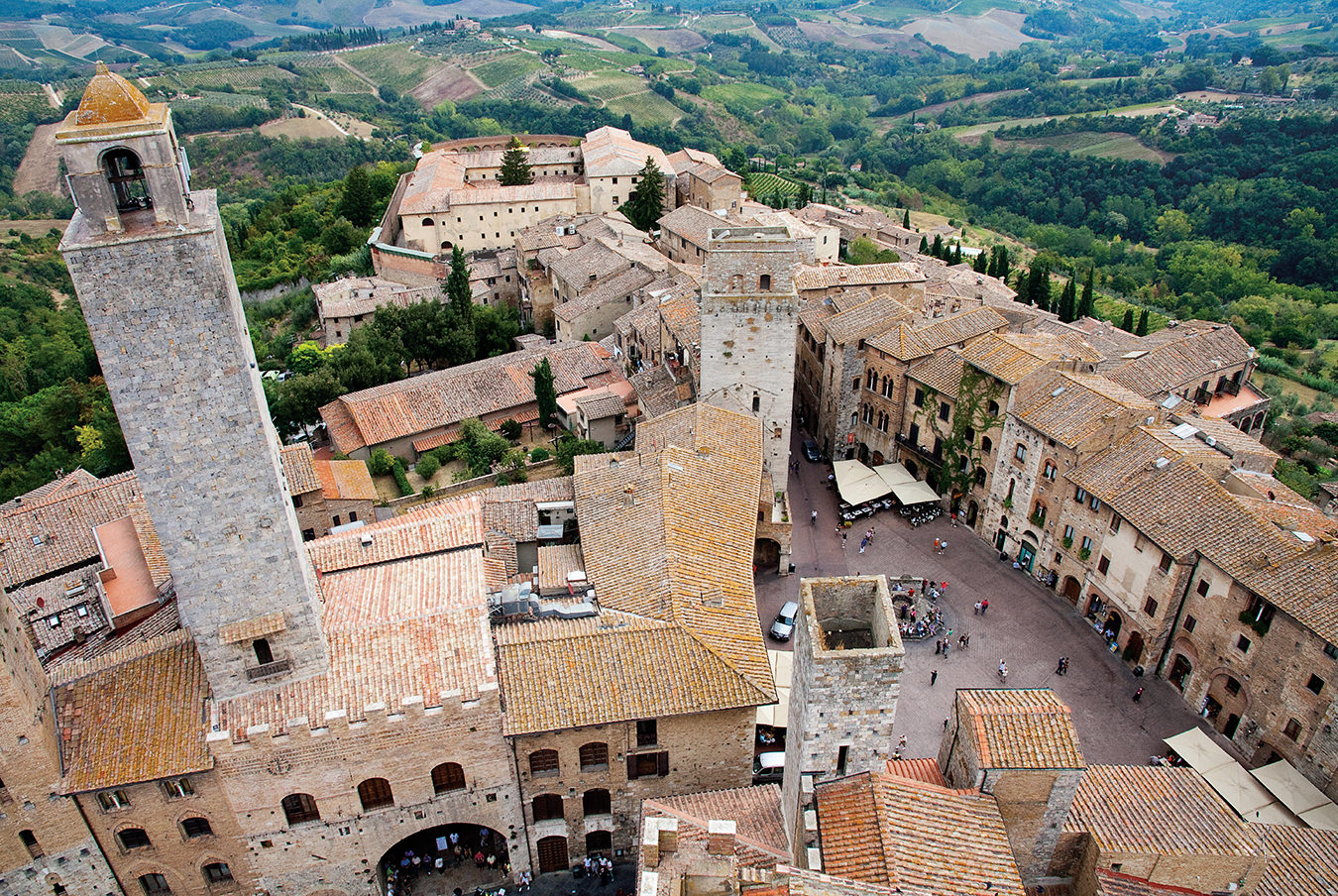Abu Dhabi And Dubai
All that is grand.
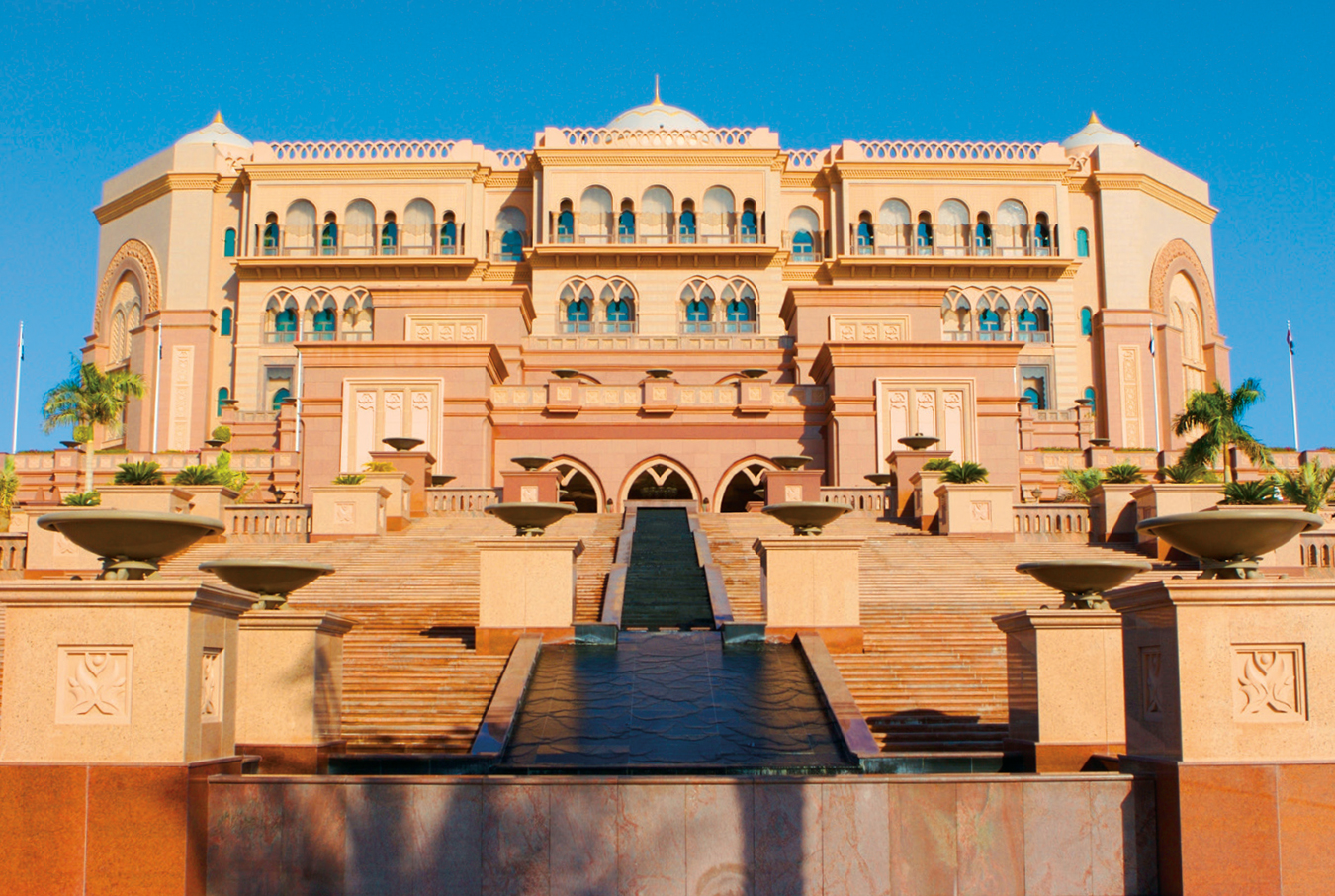
Abu Dhabi may not the prettiest city in the world, but it doesn’t have to be; it’s one of the wealthiest.
Let’s be honest, that’s why so many of us want to visit. And although Abu Dhabi is no Dubai, which acts like the richest city in the world, who can resist the temptation to check out what untold oil wealth can buy in the 21st century?
With nine per cent of the world’s proven oil resources, Abu Dhabi won’t have to worry about the end of its cash flow for at least the next few years. In the meantime, the city has been in overdrive, transforming itself into a semblance of a modern city. For the most part, it has succeeded. Though Abu Dhabi doesn’t look like the urban environments we’re used to in Canada and the United States, parts are recognizable.
To begin with, Abu Dhabi is overwhelmingly a high-rise city; its buildings exult in their tallness and each seems in competition with its neighbours to be the highest around. This leads to a certain visual cacophony, but on the other hand, there’s never any shortage of architecture to appreciate. And as Abu Dhabi has no real vernacular to speak of, it has become a showcase of work by some of the world’s leading international architects. Even such luminaries as Frank Gehry have projects on the go here. In his case, it will be another Guggenheim Museum, this one located on Saadiyat Island, situated in the Gulf just off Abu Dhabi. Though it won’t be completed for several years—perhaps 2012—it speaks of Abu Dhabi’s unlimited ambition. The plans call for the island to be turned into an international cultural attraction.
Another popular tourist draw is the Emirates Palace. Sitting amidst 85 hectares of laboriously maintained garden, the mammoth structure is best known as a self-styled “seven-star” hotel. This modern-day Versailles, with its gold columns, endless fountains, and vast lobby, shows Abu Dhabi at its most Dubai-like.
According to locals, if Dubai is the Los Angeles of the United Arab Emirates, Abu Dhabi is the New York. That means the latter has the money; but the former gets all the attention. And that’s not hard to understand; the Emirates Palace notwithstanding, Dubai is home to the much-photographed Burj Al Arab, the hotel that sits in the water just off the city like some giant sailboat.
Still unfinished is the Burj Dubai, the world’s highest building, so tall it reaches above the CN Tower, which, don’t forget, is only a free-standing structure, not quite a building. Dubai also boasts the famous enclosed ski jump, an oddly shaped building that’s hard to miss even on this skyline.
Indeed, Dubai’s love of spectacle has reached the point that one can’t help but wonder where it will lead in the years and decades ahead. Consider the case of the new golf course, the Tiger Woods Dubai. It needs four million gallons of water daily to stay green. That may not bode well for the future of such a facility in a desert country.
Back in Abu Dhabi, however, things on the whole tend not to be so glitzy, and consumption is noticeably less conspicuous. Indeed, one of the most interesting ways to spend time in Abu Dhabi is to wander through the neighbourhoods that aren’t on the regular tourist itinerary. These are the areas where people actually live and work. Though at first they seem a maze of streets, alleys, and mid-rise buildings, they are actually densely packed districts where a vast array of human needs is dealt with. The ground floors of these innumerable buildings tend to be retail or commercial spaces. This is where the countless local restaurants are hidden away, many of which don’t open until evening.
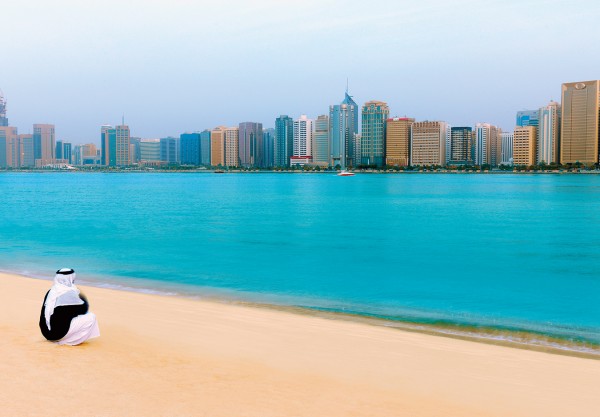
The Abu Dhabi skyline. Photo ©Abu Dhabi Tourism Authority.
Visiting one of these apparently nameless places can be a fascinating experience. The night I went to one, accompanied by two women (my wife and daughter) we were taken to a table on the otherwise empty second floor. As we sat down, the attendant drew a curtain around us.
Even in a relatively liberal Islamic jurisdiction such as Abu Dhabi, the thought of unrelated men and women eating in the same room can be too much for some. Keep in mind that the call to prayers can be heard throughout the city five times daily. This is a society where religion forms part of the fabric of everyday life. The historic Western separation of church and state does not apply here; the two are indistinguishable.
Keep in mind, too, that until recently, Abu Dhabi, Dubai, and the five other principalities that comprise the United Arab Emirates were little more than dusty trading posts surrounded by desert. The oldest buildings rarely date back further than the 19th century; however, almost nothing is more than 40 or 50 years old. By comparison, Toronto, Montreal, and Halifax seem positively ancient.
As a result, Abu Dhabi and Dubai are cities dominated completely by the car. There’s really no viable alternative; even pedestrians learn very early on that these roads belong to the four-wheeled. In Dubai, where the main thoroughfare, Sheikh Zayed Street, is 14 lanes wide, there’s not the slightest doubt that the car is king. This makes for some pretty ferocious traffic jams, a common topic of conversation in these cities. Traffic is to the emirates what weather is to Canadians, an unfailing source of frustration and wonder.
Speaking of weather, the UAE ranges from hot to very hot to very, very, very hot. However, unlike many Arab countries, Abu Dhabi and Dubai can also be humid. That’s why every apartment, restaurant, shop, and even taxi, is air-conditioned; the alternative would be unthinkable in a climate where temperatures routinely go above 50ºC.
The one place where the heat feels less oppressive is on the Corniche, the esplanade that runs along much of the Abu Dhabi shoreline. People from all parts of the city descend upon the Corniche on their days off, and as a result the place is usually crowded. The beach also offers a rare glimpse of locals and ex-pats at play. The tiny eateries that line stretches of the beach sell local favourites such as lemon and mint juice, a drink so good someone could make a fortune importing it to North America.
From the Corniche, it’s a short distance to one of Abu Dhabi’s most exclusive but little-known attractions, Spinneys. Much visited by expatriates, this is one of the city’s most extensively stocked supermarkets. The highlight for bacon-starved Canadians is a nondescript room at the back of the store with its entrance marked by strips of clear plastic. Here’s where the pork is hidden, to be sold only to non-Muslims. Buying a couple of chops never seemed so illicit.
After that, it’s a trip to the dockside market, a place full of plants, ceramics, and household wares for sale. With boats moored in the harbour behind the stands, this is Abu Dhabi at its most authentic; it’s not quite a bazaar, but close enough. Of course, if shopping malls are more to your liking, Abu Dhabi has any number, some small and others mammoth.
Although Abu Dhabi’s first paved road didn’t appear until 1961, it’s clear the emirate has come a long, long way in a very short time. Though its wealth is based on oil, the city has invested billions of dollars globally. In the process, it has turned itself into a community of wide streets, big buildings, and large cars. And even though it seems distant, the desert that surrounds Abu Dhabi remains very much a part of life. A visit to these vast sandy regions serves as a powerful reminder that in this area, the desert determines diet, customs, history, and culture. It is what defines the emirates—even when so many live in big green cities such as Abu Dhabi. Without doubt, the desert can be a formidable environment, hot, lonely, and even scary. But it’s also a place of great spirituality; to travel in it is to feel connected to something infinitely larger, bigger even than the cities that lie just across the horizon.

